Motorola Mobile: A Legacy in Mobile Communications. Early Beginnings: Galvin Manufacturing Corporation
Motorola’s origins date back to September 25, 1928, in Chicago, Illinois, in the USA. When Paul V. Galvin and his brother Joseph Galvin founded the Galvin Manufacturing Corporation. the company initially specialized in battery eliminators, which allowed battery-powered radios to run on home electricity. However, the advent of alternating current (AC) radios quickly made this product obsolete, prompting the Galvin brothers to look for new opportunities.
- If you want to know more about Tech News then click on the link below:
- worldbioinfo.com/tech/news
Motorola Mobile: A Legacy in Mobile Communications
Birth of the Motorola brand:
In 1930, the company introduced the Motorola car radio, This is a product redefining its future. The name “Motorola” was created by combining the words “motor” and, “ola” for car. This product became very successful and by 1947 the company officially changed its name to Motorola, Inc.
Access to telecommunications:
Motorola’s foray into telecommunications began in the 1930s with police box radios. Which In 1940, the company introduced the Handi-Talkie SCR536, a handheld two-way radio that became an important communication tool during World War II. This invention marked the beginning of Motorola’s long history with wireless first communications.
Motorola Mobile
Post-war inventions and the first mobile phones:
After World War II, Motorola continued to innovate by producing consumer electronics such as televisions and radios. However, the company’s focus gradually shifted to mobile communications. In 1947, Motorola produced the first commercial mobile phone, which was the car-based Motorola(Tele Communication Machine) TCM. It was the first vehicle-based telephone, a forerunner of the modern mobile phone.
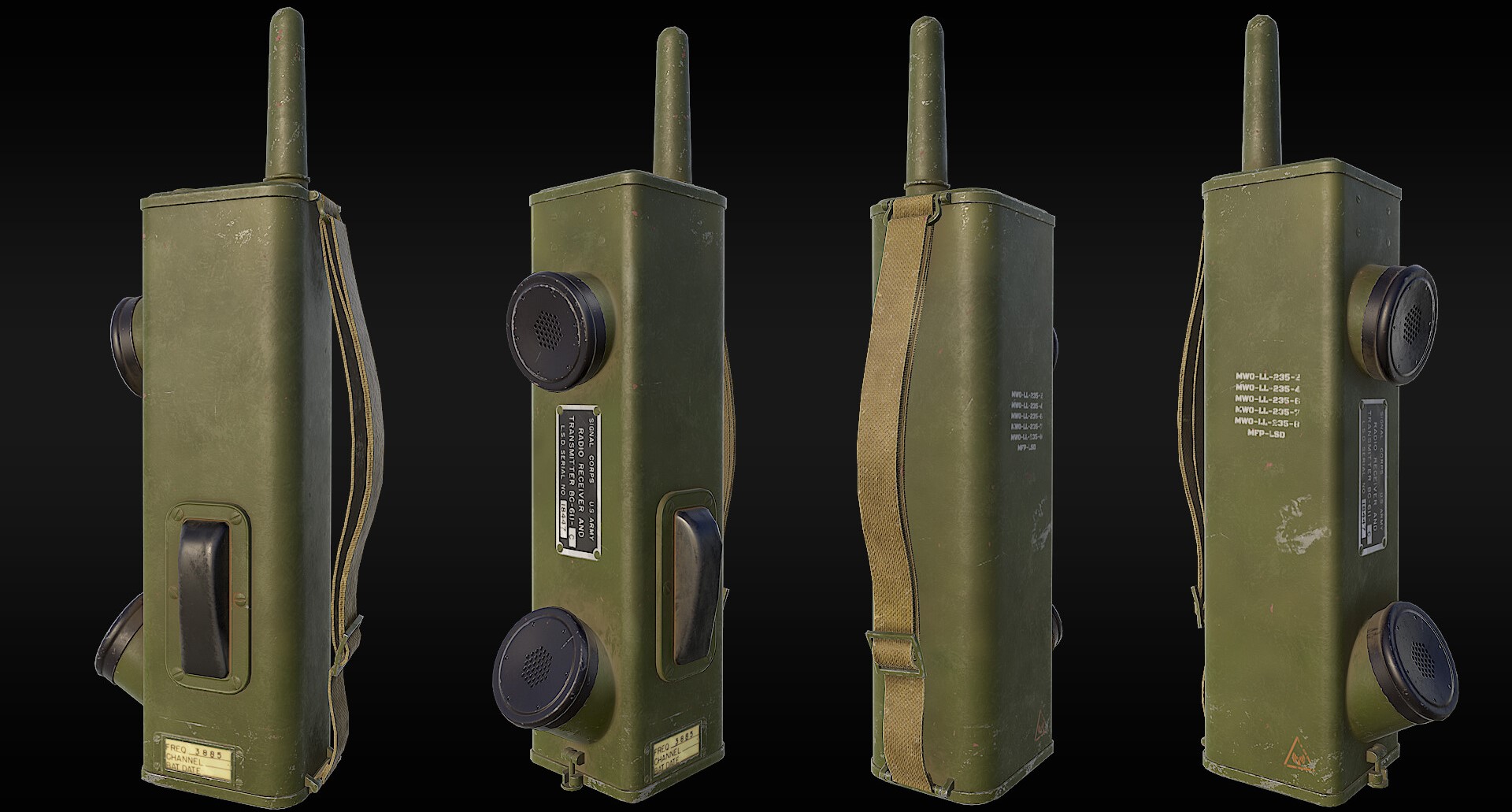
1970s: Birth of cellular technology:
Motorola’s most groundbreaking work in mobile communications began in the 1970s. Dr. Martin Cooper, a Motorola executive, led a team that developed the first handheld mobile phone. On April 3, 1973, Cooper made the first-ever mobile phone call to Motorola DynaTAC, calling his rival at Bell Labs to announce his achievement.
A Legacy in Mobile Communications
Motorola DynaTAC: First commercial mobile phone:
The Motorola DynaTAC 8000X, which launched on the market in 1983, was the first commercially available handheld mobile phone. It was a breakthrough in mobile technology, although its large size, and limited battery life. which high cost meant it was primarily a status symbol for wealthy early adopters.
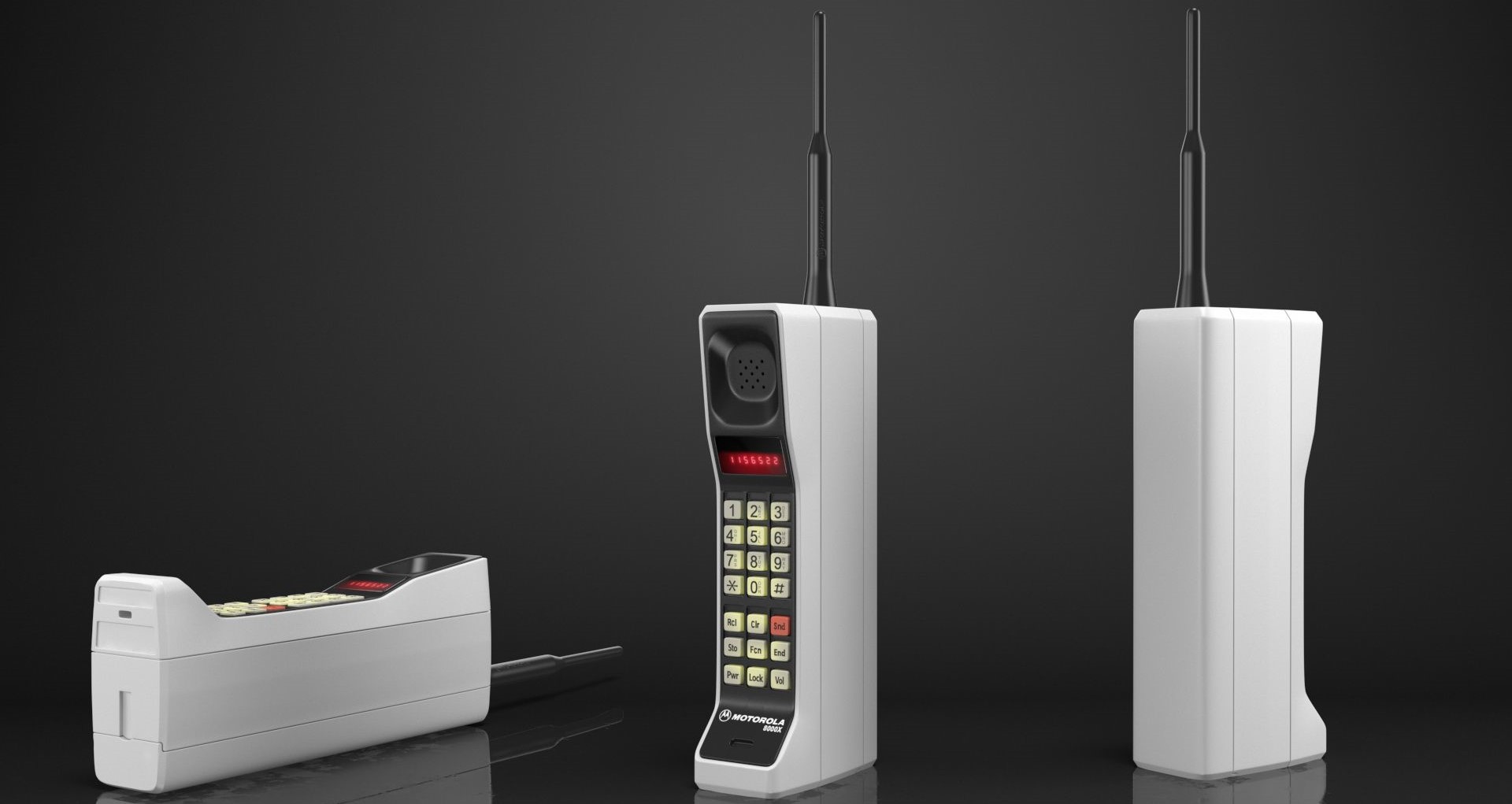
MicroTAC and StarTAC: Revolutionary Design:
Throughout the 1980s and 1990s, Motorola continued to innovate with a focus on making mobile phones more compact and user-friendly. In 1989, Motorola introduced the MicroTAC, the world’s smallest and lightest mobile phone at this time, featuring a revolutionary flip design.
In 1996, Motorola introduced the StarTAC, which became one of the most iconic and influential mobile phones. The StarTAC was the first clamshell (flip) phone and one of the first mobile phones to gain extensive consumer popularity. It was a commercial success and significantly influenced mobile phone design.
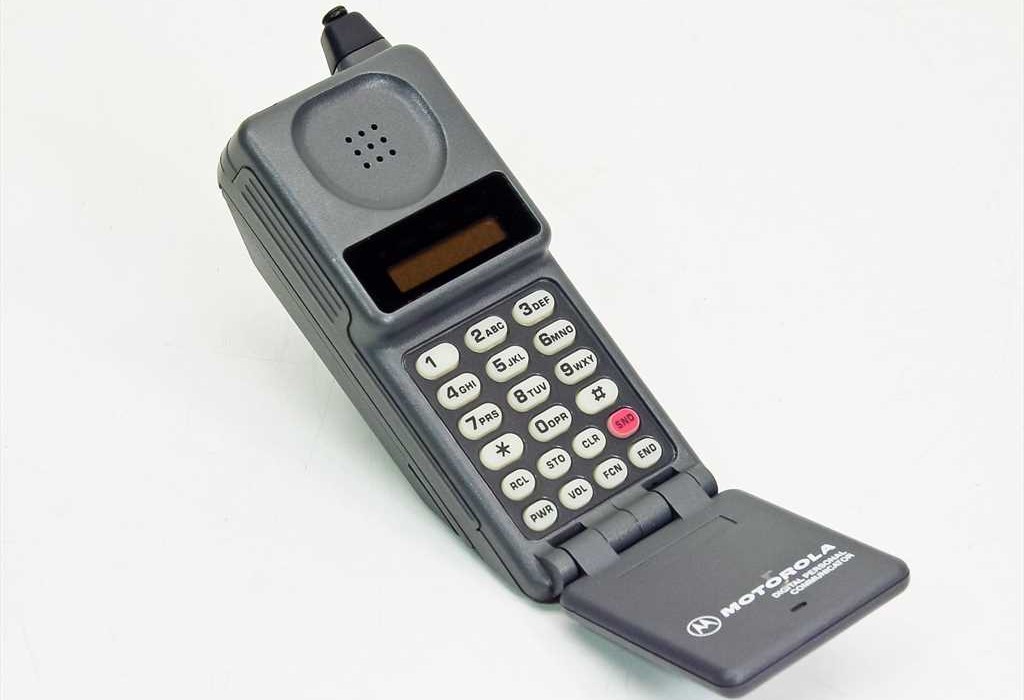
Digital transformation: Motorola’s GSM and CDMA phones:
It was mobile networks transitioned from analog to digital in the 1990s, and Motorola was at the forefront. The company has developed numerous devices for both the Global System for Mobile Communications (GSM) and Code Division Multiple Access (CDMA) networks. Which became the two main features of digital mobile communication.
Motorola Mobile Communications
Early 2000s: The RAZR Era:
In 2004, Motorola launched the RAZR V3, a sleek, ultra-thin flip phone that became a cultural icon. Not only was the RAZR V3 a commercial success, sold 130 million units during that time. It set new standards for its slim models, metallic finishes, and mobile phone design. The success of the RAZR helped Motorola become the world’s second-largest mobile phone maker in terms of market share.
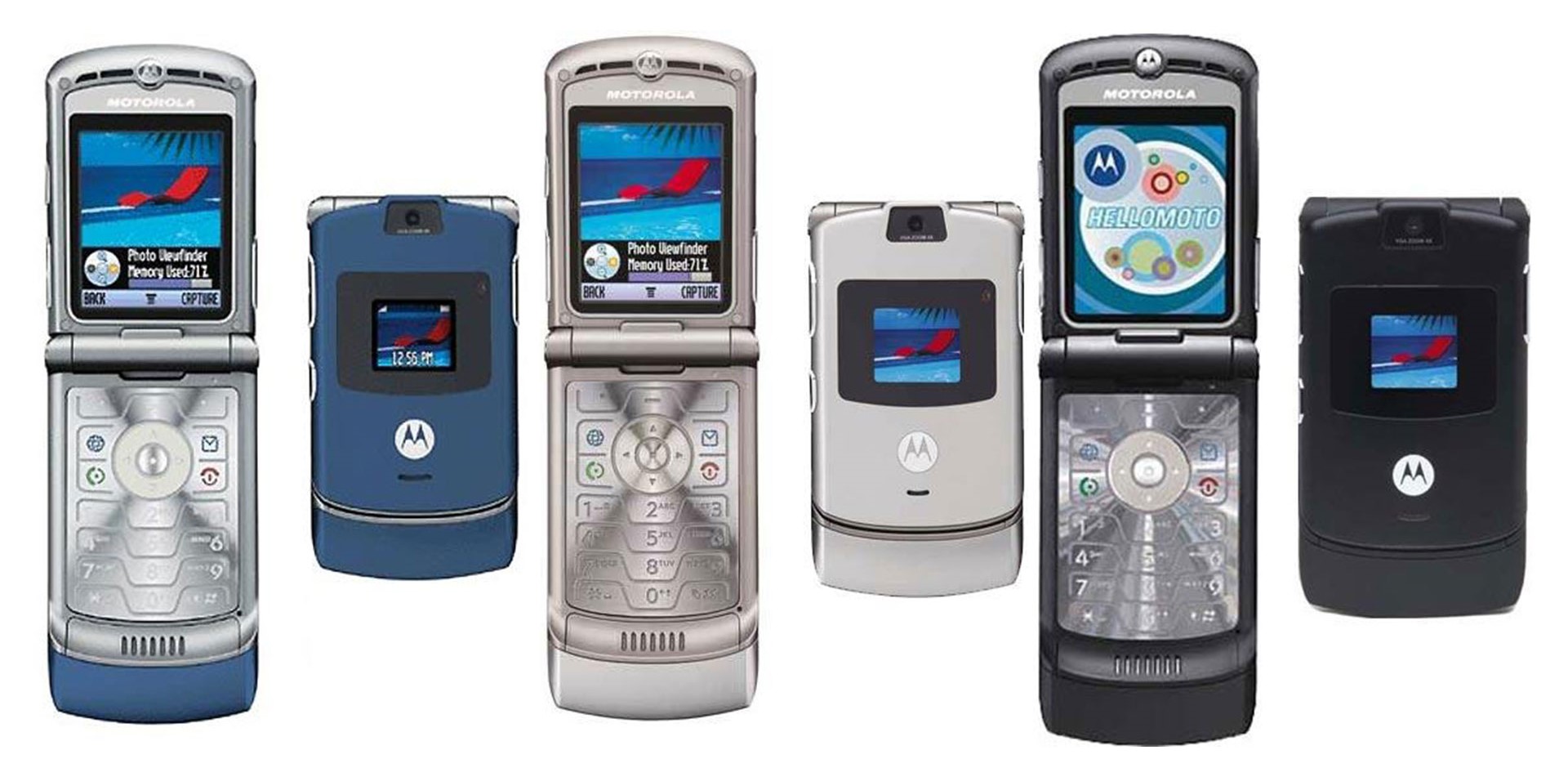
Challenges and declines:
Despite the RAZR’s success, Motorola struggled to maintain its position in the rapidly changing mobile phone market. The rise of smartphones, particularly Apple’s iPhone in 2007, and the rise of Android devices, significantly affected Motorola’s market share. The company’s initial reluctance to fully embrace the smartphone revolution led to declining sales and profits.
Motorola Mobile: A Legacy in Mobile Communications
The shift to smartphones and the Android era:
Motorola eventually rotated to Android, Google’s open-source operating system. In 2009, the company released the Motorola Droid (Milestone in some regions), one of the first successful Motorola Android smartphones. The success of the Droid marked the beginning of Motorola’s resurgence in the smartphone market.
Acquisition by Google:
In August 2011, Google announced that it would acquire Motorola Mobility, the mobile phone division that Motorola had spun off in 2011.
The $12.5 billion acquisition was completed in May 2012. Google’s goal was to take advantage of Motorola’s extensive patent portfolio to protect. And improving Android from legal disputes, with its hardware capabilities.
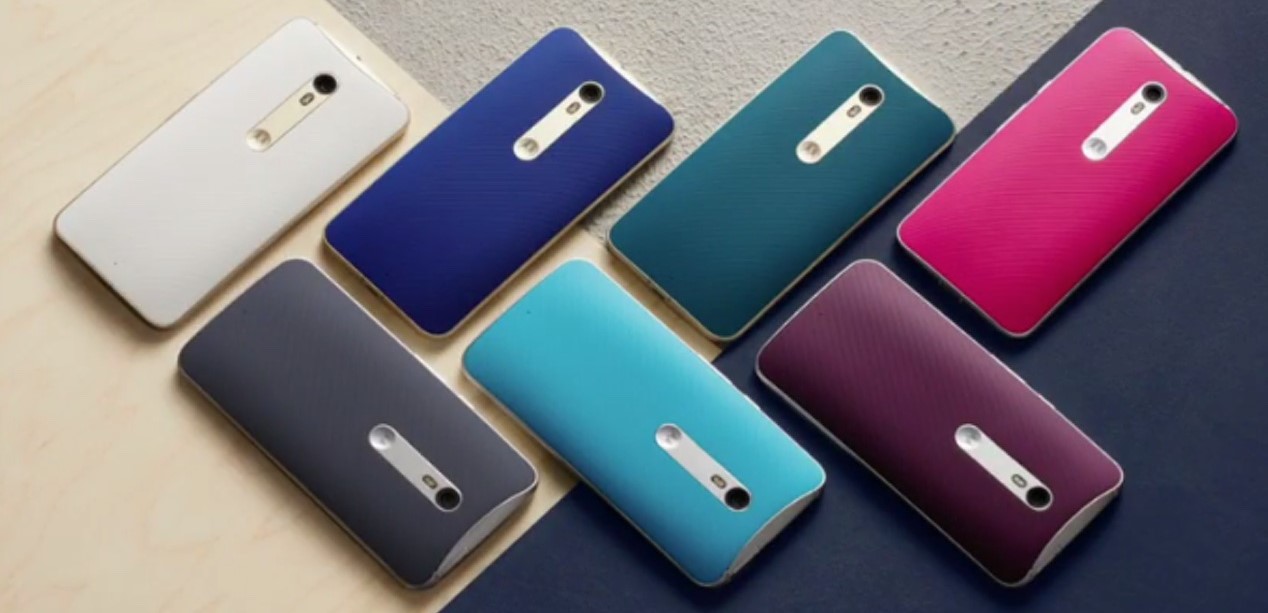
Moto X and Moto G: Rebranding and Innovation:
Under the ownership of Google, Motorola launched the Moto X in 2013, a customizable smartphone with an emphasis on user experience and design. The Moto G launched the same year. targeted the mid-range market and became one of the best-selling smartphones in Motorola’s history due to its affordability and performance.
Motorola Mobile Android Phone
Lenovo Acquisition and Further Development:
In January 2014, Google announced that it would sell Motorola Mobility to Lenovo for $2.91 billion. the deal was completed in October 2014, Under Lenovo’s ownership. Motorola has continued to innovate, focusing on the Moto Z series of modular smartphones and maintaining a strong presence. The Moto G and Moto E series are in the mid-range market.
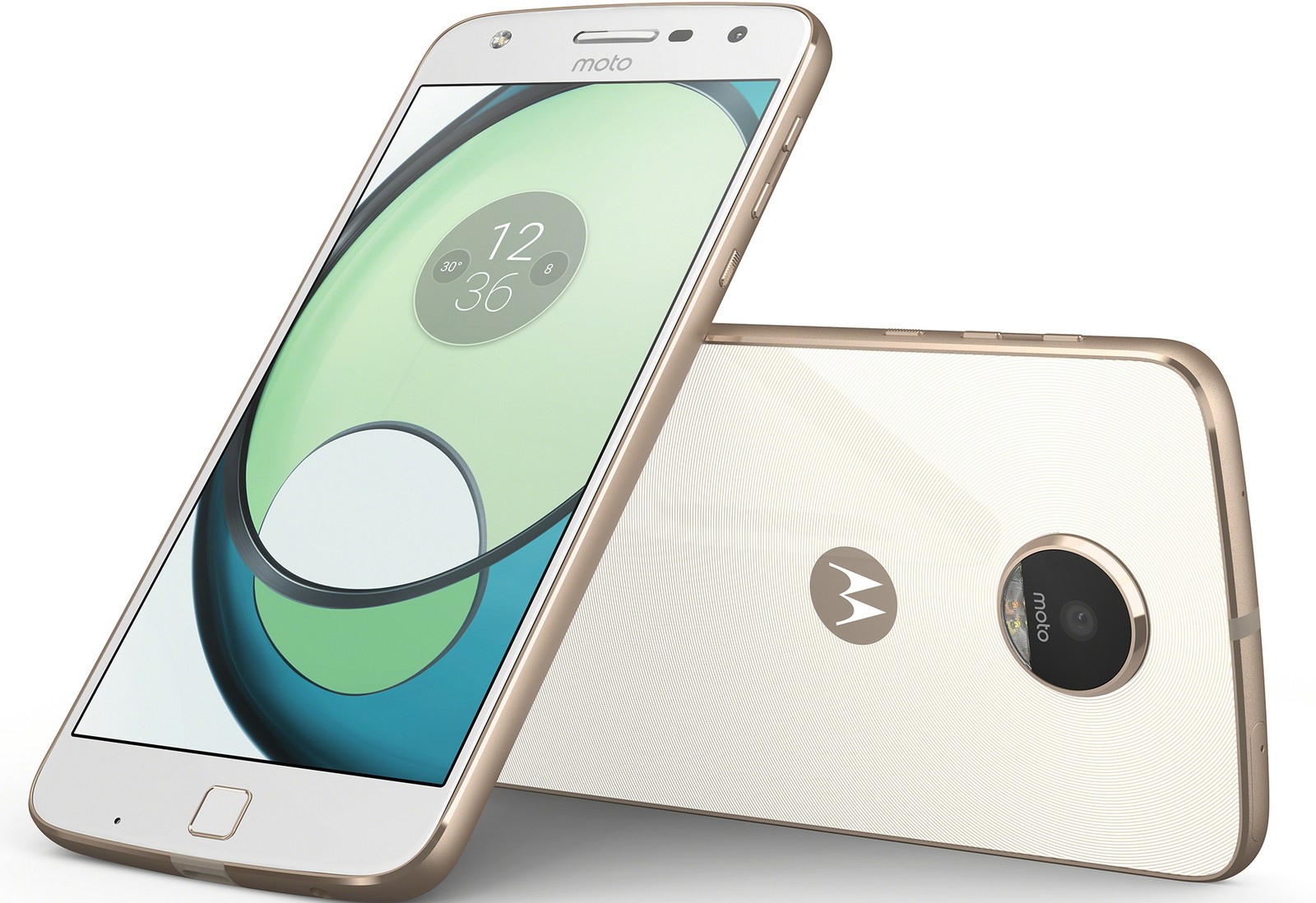
Moto Z and Mods: Pushing Boundaries:
Launched in 2016, the Moto Z series features a unique modular design. Which allows users to attach various accessories (Moto Mods) to enhance functionality. This innovative approach set Motorola apart from its competitors, although it met with mixed commercial success.
Motorola revived the iconic brand RAZR
The Return of the RAZR: Reinventing a Classic:
In 2019, Motorola revived the iconic brand RAZR with a foldable smartphone featuring a flexible display. The new Motorola RAZR combines the power of a modern smartphone with the nostalgic design of the original RAZR. It was appealing to both tech enthusiasts and those nostalgic for the flip phone era of the early 2000s.
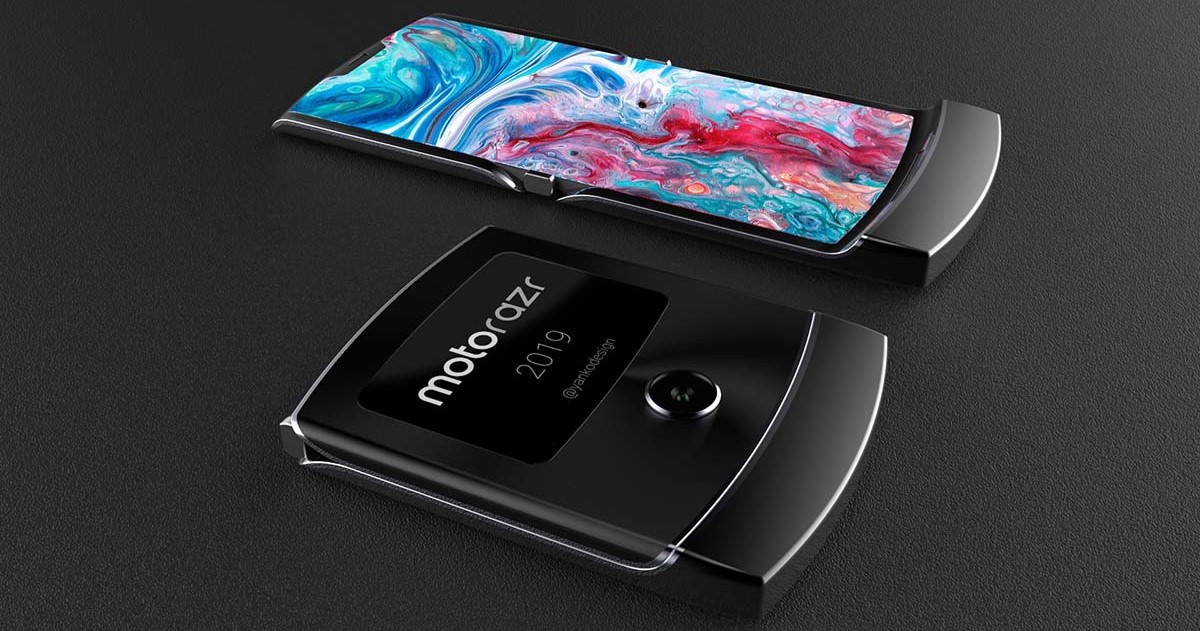
Continued innovation and market presence:
Motorola continues to innovate by introducing new model mobile phones in different price segments. The company maintains a strong presence in emerging markets, particularly Latin America and India. where its budget-friendly Moto G and Moto E series have been popular.
Focus on 5G and future technologies:
As the mobile industry transitions to 5G, Motorola has launched several 5G-enabled devices, keeping its product lineup competitive. The company has also adopted advances in AI, Augmented Reality (AR), and other emerging technologies to stay relevant in the rapidly evolving technology landscape.
Motorola Eseries has been popular
Sustainability and Corporate Responsibility:
Motorola also emphasizes sustainability and corporate responsibility. The company has implemented environmentally friendly practices.
Succession and Effect:
Motorola’s contribution to mobile communication has left an indelible mark on the mobile phone industry. From pioneering the first handheld mobile phone to revolutionizing design with the RAZR. Motorola has consistently pushed the boundaries of innovation. Despite the challenges and changes in ownership, the company has remained a significant company in the mobile phone market by adapting to new trends and technologies.
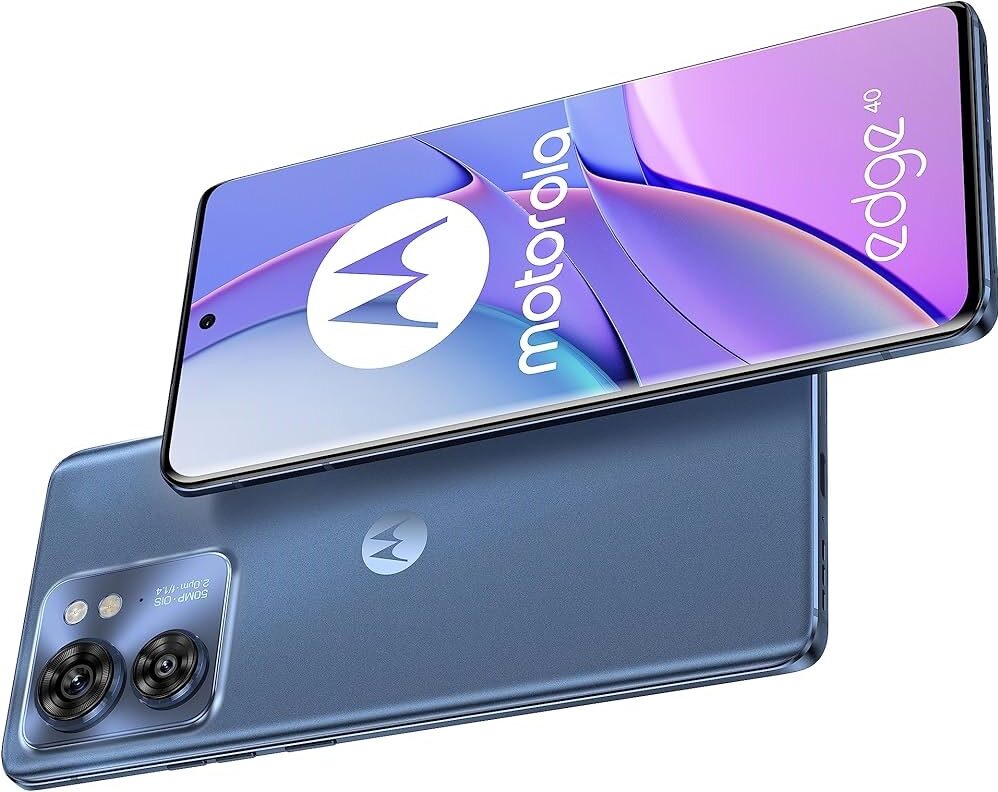
Recent Developments and Market Position:
By 2023, Motorola had solidified its position as an important company in the mobile phone market, especially in the mid-range and budget segments. The company’s continues to release new models that cater to different consumer needs, compatibility, performance, and innovative features. Motorola’s strategic focus on emerging markets, coupled with its commitment to quality and design, has ensured its continued relevance and competitiveness. Motorola Mobile: A Legacy in Mobile Communications
Conclusion:
Motorola’s rise from a small battery-powered radio manufacturer to a global leader in mobile communications is a testament to its enduring spirit of innovation and adaptability. Despite facing numerous challenges and changes over the decades, Motorola has consistently reinvented itself, leaving a lasting legacy in the world of mobile technology. As the company continues to develop and embrace new technologies, it is poised to shape the future of mobile communications. Motorola Mobile: A Legacy in Mobile Communications
